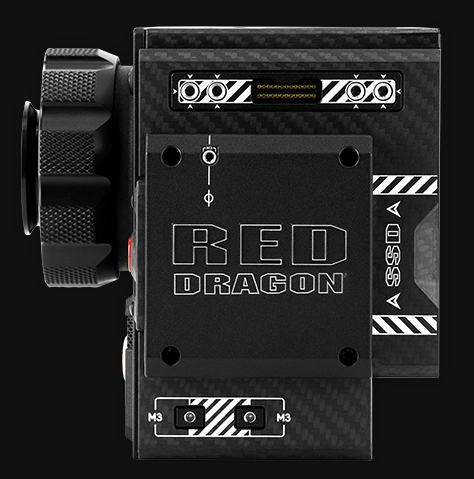Camera technology has come a long way since the legendary Akeley gyroscope camera that made filming of truly historic documentary films such as Nanook of the North (1922) and Grass (1922). Now everything digital, an overview of the modern camera sensors is useful for naturalists.
This lecture by FilmmakerIQ is a part of the Technical Notes series by Nature Documentaries aiming to compile useful technical, theoretical and practical knowledge for documentary filmmakers. The episode illustrates the electronic working principles of the two major types of camera sensors that dominate: CCD and CMOS.
Invented in 1969 by AT&T Bell Labs, CCD (Charge-Coupled Device) was used in a digital still camera for the first time in 1975 by Kodak using a Fairchild 100 x 100 CCD sensor. One great digital camcorder was the Canon XL1 which packed in three CCDs. Canon XL1 immediately became popular among independent filmmakers. With interchangeable lenses Canon XL1 was a great camera especially working under low light conditions such as the closed canopy of the tropical rainforests where on average only 2 percent of the daylight reaches the forest floor. For instance, the two outstanding documentaries on tropical army ants by Carl Rettenmayer was filmed using Canon XL1 equipped with 3CCD sensor.
These work horse CCD cameras had a few problems. When the exposure was too long, the electrons that accumulate in the bins forming the brightest part of the image would overflow. This resulted in an event called “blooming” creating unwanted vertical streaks. They also consumed a lot of power and provided a slower data flow. The star of CMOS began to rise and shine.
Ironically, CMOS (complementary metal-oxide semiconductor) sensor technology (aka Active Pixel Sensor) was invented 6 years earlier than CCD.
The increasingly popular RED professional cinema cameras use CMOS sensor.
One important difference between CCD and CMOS sensors is how they capture images. A CCD captures images through a “Global Shutter” while CMOS sensors use a “Rolling Shutter”.
Global Shutter means that the entire frame is captured whole in a snap. In 3CCD camcorders, light is broken up through a prism. The red, green and blue are captured separately. A rolling shutter scans the frame from top to bottom like in TV monitors line-by-line. A CMOS sensor captures light though each pixel one-by-one. Each row of pixels (from top to bottom) is captured sequentially. Therefore a delay becomes inevitable from the first until the last pixel creating a distorted “Rolling Shutter” effect. This can be corrected in post-production using computer programs such as Adobe Premiere Pro and Adobe After Effects.



0 Comments
You can be the first one to leave a comment.